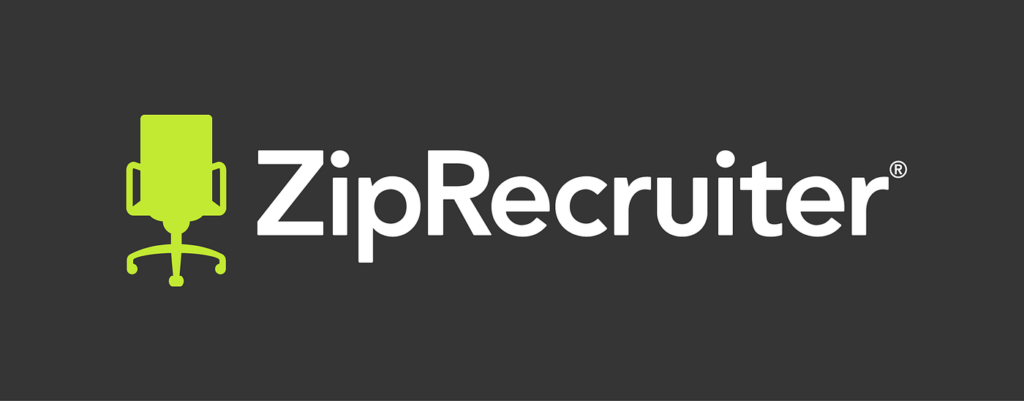Unlocking Success in High-Volume Hiring

Recruitment Marketing Strategies for High Turnover Roles
High-volume hiring is an integral part of many industries. Whether it’s the retail sector during the holiday season, the hospitality industry’s continuous need for staff, or the bustling world of call centers, organizations often find themselves navigating the challenging terrain of high turnover roles. These positions, characterized by frequent employee departures and the need for rapid replacements, pose a unique set of challenges. Recruitment marketing, a powerful blend of marketing and HR, can be the game-changer in addressing these challenges. In this comprehensive guide, we will explore the intricacies of high-volume hiring and delve into recruitment marketing strategies that can help you hire the right candidates for roles with high turnover.
What is High-Volume Hiring?
High-volume hiring refers to the process of recruiting and hiring a large number of employees over a relatively short period. This approach is essential for industries where roles have a high turnover rate due to seasonal demand, temporary staffing requirements, or other factors. While high turnover roles may differ from one industry to another, they share common features, including the need for rapid and efficient hiring. Some typical examples of high turnover roles include:
- Retail Sales Associates: Especially during the holiday season, retail establishments need to hire a large number of temporary sales associates to cope with increased customer demand.
- Hospitality and Food Services: The hospitality industry often faces high staff turnover, with roles such as servers, bartenders, and housekeeping staff requiring frequent recruitment.
- Call Center Agents: Call centers are known for their high turnover rates, necessitating constant recruitment efforts to maintain staffing levels.
- Warehouse Workers: E-commerce and logistics companies frequently require seasonal warehouse workers to handle increased order volumes, leading to high-volume hiring needs.
Challenges in High-Volume Hiring
High-volume hiring can be a daunting task for HR teams. It comes with a unique set of challenges, including:
- Time Constraints: High-volume hiring demands a rapid recruitment process. Delays can lead to understaffing, which can negatively impact operations and customer service.
- Quality of Candidates: Despite the urgency, organizations must ensure they hire qualified and reliable candidates who can contribute effectively in their roles.
- Candidate Experience: Balancing speed with a positive candidate experience is critical. A poor candidate experience can damage the organization’s reputation and deter future applicants.
- Consistency: Maintaining consistency in hiring decisions, compliance, and documentation becomes challenging when hiring large numbers of employees.
- Costs: High-volume hiring can be expensive in terms of advertising, interviewing, and onboarding. Reducing costs without sacrificing quality is a constant concern.
The Role of Recruitment Marketing
Recruitment marketing leverages marketing techniques to attract, engage, and nurture potential candidates. It aligns with HR’s objectives to provide a seamless and compelling candidate experience while ensuring that an organization’s hiring goals are met efficiently.
In the context of high-volume hiring, recruitment marketing can significantly contribute to:
- Candidate Sourcing: Identifying channels and methods to attract a high volume of relevant candidates.
- Candidate Engagement: Creating a positive candidate experience that keeps candidates interested and informed throughout the hiring process.
- Employer Branding: Promoting the organization as an attractive employer, especially for high turnover roles.
- Process Efficiency: Streamlining the recruitment process to reduce the time-to-fill ratio.
- Cost Reduction: Minimizing recruitment costs without compromising on quality.
Recruitment Marketing Strategies for High-Volume Hiring
Now that we’ve explored the dynamics of high-volume hiring and the role of recruitment marketing, let’s dive into effective strategies to navigate this complex terrain:
1. Understand the Role and Requirements
Before you start marketing and recruiting, gain a deep understanding of the roles you’re hiring for. What are the specific skills and qualifications required? What is the typical career path for employees in these roles? This knowledge will help you tailor your messaging and recruitment strategies to attract candidates who are a good fit for these positions.
2. Define Your Ideal Candidate Persona
Building an ideal candidate persona is a crucial step in high-volume hiring. By creating a detailed profile of the type of candidates you’re looking for, you can focus your recruitment marketing efforts more effectively. Consider factors like skills, experience, and personal attributes. Use this persona to guide your messaging and targeting.
3. Optimize Job Descriptions
Craft compelling job descriptions that clearly communicate the job’s requirements, benefits, and opportunities for growth. Use language that resonates with your ideal candidate persona. Additionally, emphasize any unique selling points that make your organization an attractive employer. Be concise and engaging to capture candidates’ attention quickly.
4. Leverage Multiple Channels
High-volume hiring requires a multi-channel approach to reach a wide audience. Utilize job boards, social media, your company website, and even recruitment events. Consider partnering with staffing agencies, temp agencies, or gig work platforms to access a broader pool of candidates. A strong online presence is essential in today’s digital landscape.
5. Social Media Advertising
Social media platforms like LinkedIn, Facebook, and Instagram are effective channels for reaching potential candidates. Create targeted ads to reach specific demographics and tailor your messaging to resonate with your ideal candidate persona. Use eye-catching visuals and compelling ad copy to capture attention.
6. Employee Referral Programs
Leverage your current workforce to find new employees. Implement an employee referral program where existing employees can refer potential candidates. Offer incentives for successful referrals, such as bonuses or recognition. Your employees can be your most valuable recruitment advocates.
7. Automation and AI
Leverage automation and artificial intelligence (AI) tools to streamline your recruitment process. These technologies can help you sort through large volumes of applications, schedule interviews, and even conduct initial screenings, saving time and resources.
8. Candidate Relationship Management (CRM)
Implement a CRM system to maintain and nurture relationships with potential candidates. Even if a candidate isn’t the right fit for a current opening, they might be a perfect fit in the future. Regular communication through newsletters, updates, and job alerts can keep candidates engaged and interested.
9. Onboarding Efficiency
Streamline your onboarding process to make it quick and hassle-free for new hires. Automation can be incredibly helpful here, from paperwork to training modules. The smoother the onboarding process, the more likely new hires are to stay with your organization.
10. Feedback Loops
Establish feedback loops with candidates and new hires to continuously improve your recruitment processes. Gather feedback on the application process, interview experience, and onboarding. Use this information to refine your recruitment marketing strategies and create a more positive candidate experience.
11. Measuring Success
Define key performance indicators (KPIs) to track the success of your recruitment marketing efforts. Metrics such as time-to-fill, cost-per-hire, and retention rates are essential to assess the effectiveness of your strategies. Regularly review these KPIs and adjust your approach as needed.
High Volume Doesn’t Have To Mean High Stress
High-volume hiring for roles with high turnover can be a demanding but manageable process with the right recruitment marketing strategies in place. It’s crucial to understand the unique challenges and opportunities of these roles and tailor your approach accordingly. Recruitment marketing can be a powerful tool to attract, engage, and retain the right candidates while ensuring a positive candidate experience. By following these strategies and continuously optimizing your approach, you can build a robust pipeline of qualified candidates and successfully navigate the world of high-volume hiring.











